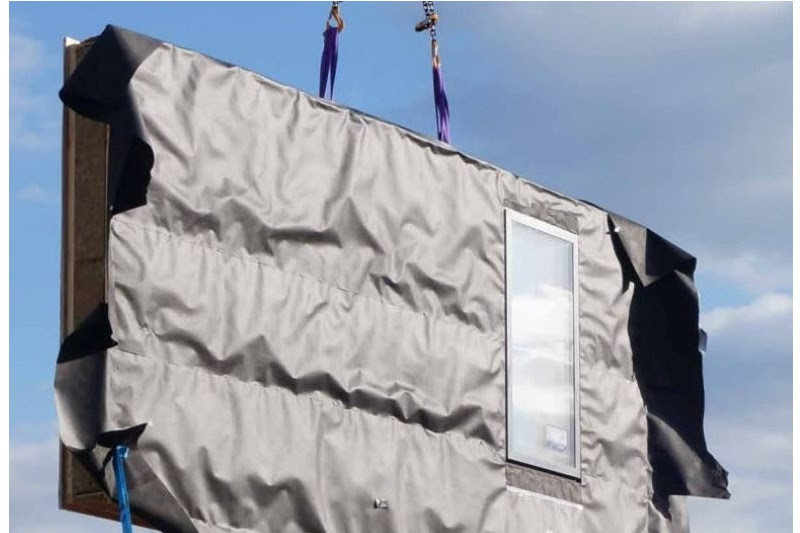WOBO thanks James Moore IFSEC GLOBAL for the link to fire safety and modular buildings.

Following a Freedom of Information request to the fire services after a fire at the Moorfield Hotel last year, the BBC has reported that experts believe further investigation into the risks of modular buildings is required.
In July 2020 the Moorfield Hotel in Shetland was destroyed by a fire. No casualties were reported, but a senior fire engineer (among other experts) has since noted that more clarification is required regarding the building’s design.
In August, Inside Housing reported that the hotel was constructed offsite out of factory-made rooms that were “stacked on top of each other” (BBC). The fully furnished modules were built offsite in a factory in Northern Ireland, before being shipped and assembled on site.
A similar process was used to construct the Fair Isle Bird Observatory in Shetland, which was destroyed by a fire in March 2019. Both fires were reported to have grown quickly, with fire crews unable to stop the spread.
Both buildings had passed building standards approval, though the BBC has unveiled that a case officer raised concerns about fire safety in the design stage of the Moorfield hotel.
According to the experts the BBC spoke to, more investigation is required into modular buildings and their construction, with questions over firebreaks and their installation, combustible materials being used in cavities and the general compartmentation practices involved.
Modular and pre-fabricated buildings are generally manufactured off-site and put together at the designated site. Writing for IFSEC Global last year, Ron Alalouff highlighted three main concerns regarding the fire performance of modern methods of construction:
- Where components are fixed together, there may be hidden voids through which smoke and hot gasses can travel through a building
- Some methods are so new and innovative that contractors may have little or no experience of the materials, systems and techniques required
- Some methods of construction could be a fire risk if they contain hidden combustible insulation materials or poor firestopping procedures
In an article last month, Ian King from Zeroignition noted the benefits such methods can provide, as long a “systematic approach to fire safety was followed”.
